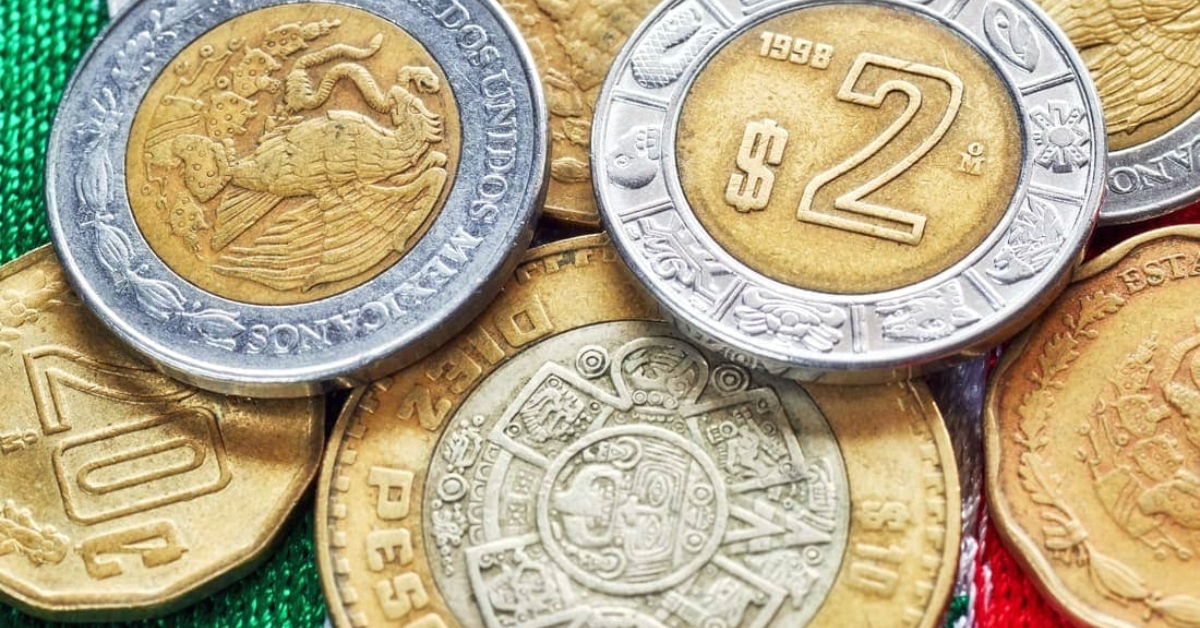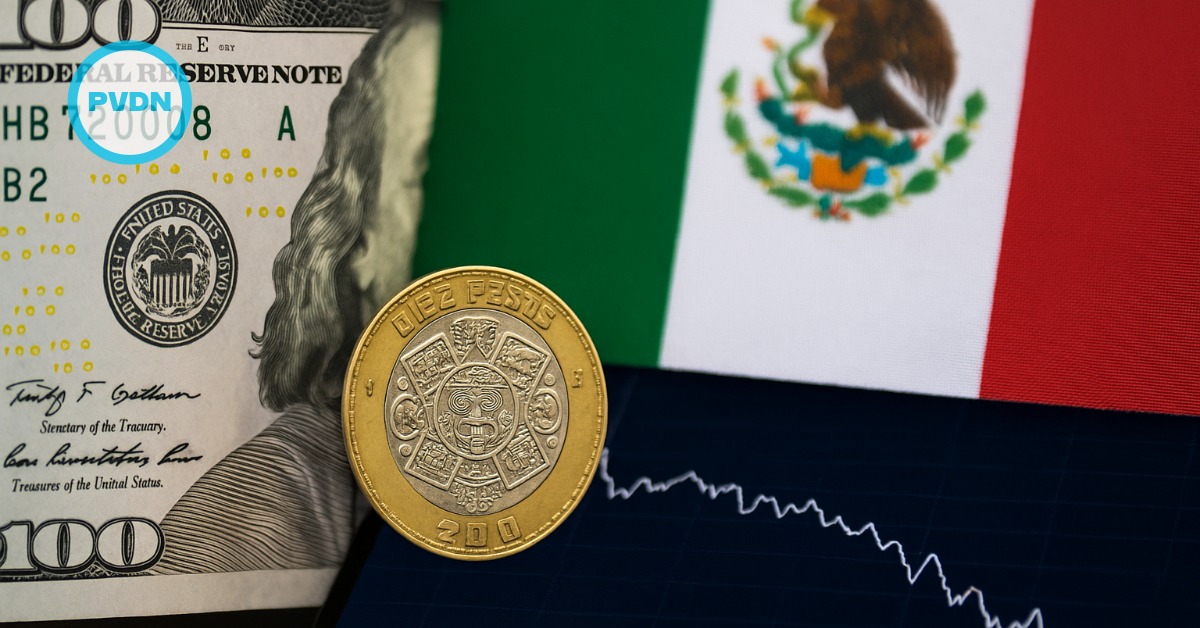Puerto Vallarta, Mexico - The Mexican peso began today's session with an appreciation of 0.28%, or 5.6 cents, trading around 20.34 pesos per dollar. The exchange rate touched a maximum of 20.4313 and a minimum of 20.3225 pesos per dollar. This appreciation comes in tandem with a 0.09% drop in the U.S. dollar, amid speculation that the Federal Reserve will cut interest rates in its upcoming decision on December 18.







